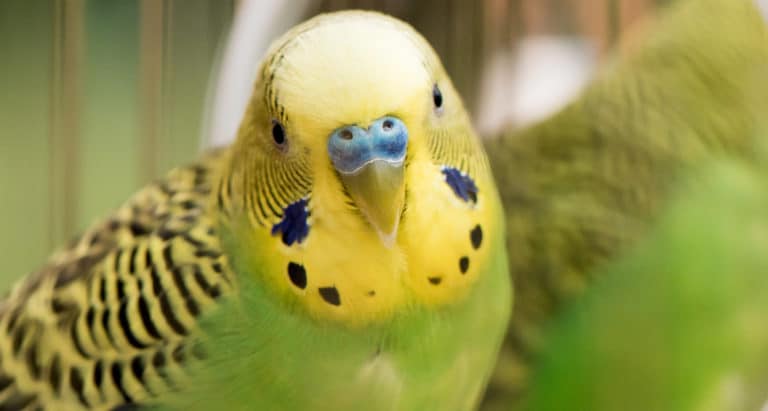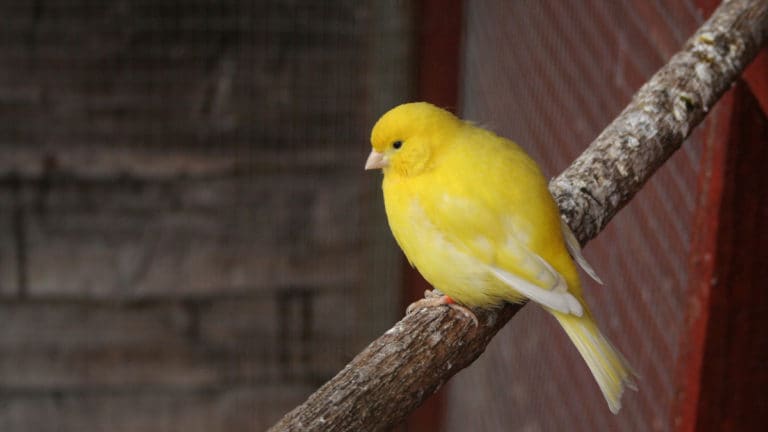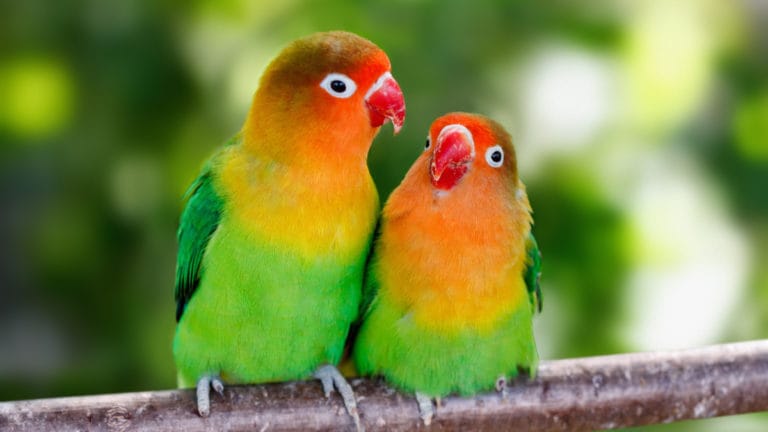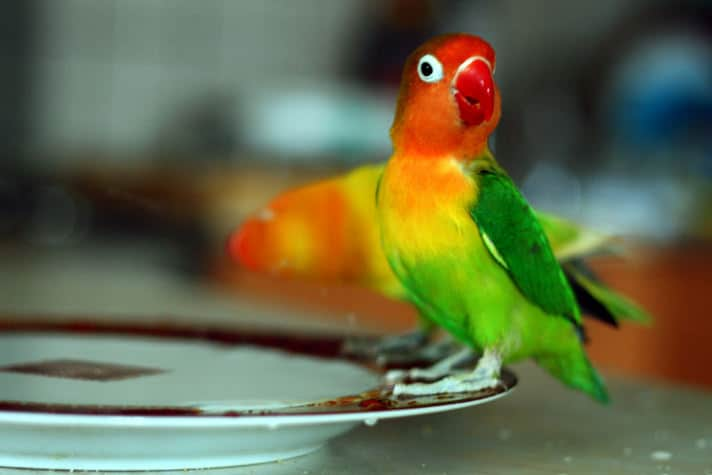There is a vast range of parrot-family birds that are called conures, so it is almost impossible to generalize in regard to the differences between male and female birds. Within the Pyrrhura conures, such as the green-cheeked conures, black-capped conures and painted conures, I would say that they are pretty much all a delightful combination of “sugar and spice.”
Pyrrhura conures are generally a curious bunch of little conures. Perhaps the males are a bit more into exploring their whole world, but I have known female conures that also go on dramatic searches into the great unknown. Both male and females Pyrrhura conures are busy-bodies that like to use their beak and tongue to touch everything and learn everything about what there are touching. This makes these little birds a bit “beaky,” but their need to check everything out with their beak is not aggressive. If the little pinches to your fingers are annoying, find a bird toy to stick in their beak instead of your fingers. A knotted leather strip usually works well for this purpose because it has texture that they usually like to check out.
The best known group of conures is the Aratinga conures. There are just over 20 species of Aratinga conures, with a few of the best known being the blue-crowned conure, cherry-headed conure, sun conure, jenday conure and gold-capped conures. I have the most experience in working with blue-crowned conures and find the males and the female to be equally delightful. Sun conures are one of the most beautiful of all parrots with their bright yellow, orange and green colorations. I have met many sun conures and will make a generalization about those that I have worked with, but I know that there are definitely exceptions. The female sun conures I have known are generally sweet, very cuddly and quiet – yes, I said quiet!
All of the female Aratinga conures I have known well are happy to hang on their favorite person’s shirt, usually inside with their heads popping out at the collar. Male Aratinga conures are more likely to be a bit territorial around their bird cages and their favorite people. I think the male sun conures generally give the sun conure such a reputation for being loud screamers but that seems to be tied to their intense need to protect their territory. Although sun conures are not know for talking, I would guess that the males are probably better talkers because they are usually more vocal, but I doubt if this is always true.
There are other birds with great differences that are classed as conures, such as the Patagonian conures, slender-billed conures, Austral conures, and the amazing golden conure, that is endangered in the wild. Last year I had the opportunity to visit Nancy Speed at the P Patch in Mississippi. She has golden conures, Queens, as she calls them (because they are also known as Queen of Bavaria conures). She has a colony of about 100 golden conures in one building. Ear protection is needed to be able to stay in the building. The noise the each golden conure makes blends together to make an other-worldly sound that could be used as a soundtrack for a alien-invasion movie. Just about all conures have a reputation for noise making but I had never heard anything like this.
People often state that Patagonian conures are a misplaced cockatoo species because they are so cuddly. I have generally found this to be true with both males and female Patagonian conures. One of my favorite birds of all time is my slender-billed conure, Twiggy. More than any other bird I have met or lived with, she is a happy conure. Her sounds are happy, her play is happy, and she greets her food bowl with happy sounds. In talking to others who are lucky enough to live with these unusual birds, the males seem to be the same way.
As a generalization, I would state that in some conures, the males are more territorial and, therefore, a little bit more likely to be on guard for changes and intruders. This can make some males of some conure species more aggressive under certain situations. I would also make a generalization that the males tend to be more vocal, which can be positive in talking or negative in screaming. A knowledgeable caregiver can work with the screaming and channel it into talking or another more positive vocal trait. Again, as a generalization that can have many exceptions, female conures tend to be more affectionate and cuddly. My guess is that males can be just as affectionate if people work to develop that characteristic. All in all, if asked by someone if they should get a male or a female conure, I would quickly state that either can be a very rewarding companion.
Posted by: Chewy Editorial
Featured Image: thawats/iStock/Thinkstock
Share:










